‘Torture the women!’: How horror’s final girls are turning the tables on misogyny
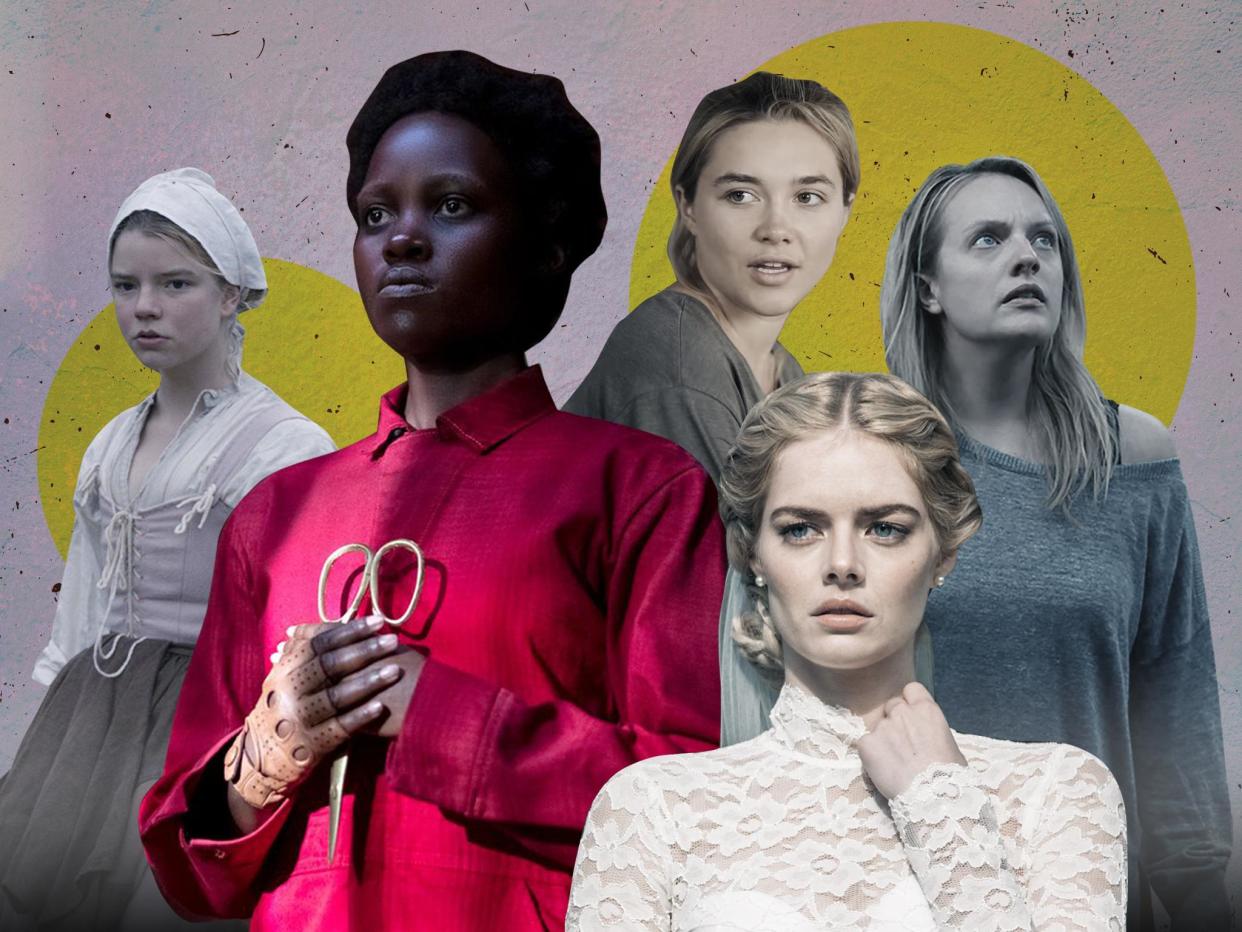
There’s a blonde girl running down a dark corridor. Blood is in her teeth, in her nails, it spills from the gash in her side. There’s a monster following her. Or an axe murderer. Or the weird guy next door. He’s close behind and it’s not looking good. But somehow, you know she’s going to be alright. Because she’s the horror movie’s “final girl”, and final girls always make it to the end.
The final girl – a term coined by film scholar Carol Clover – is an eternal survivor. And to Clover, she is also abject terror personified, “the one who encounters the mutilated bodies of her friends and perceives the full extent of the preceding horror and of her own peril”, she writes in her 1987 essay, “Her Body, Himself: Gender in the Slasher Film”. The one who is “chased, cornered, wounded; whom we see scream, stagger, fall, rise, and scream again”.
Always the one who does not die, the final girl came of age during the Seventies golden era of slasher films such as The Texas Chainsaw Massacre and Halloween. While in some senses, the final girl is a progressive trope – in that it forces men to identify with a woman lead – her popularity also speaks to society’s sadistic, sexual fascination with watching women get hurt.
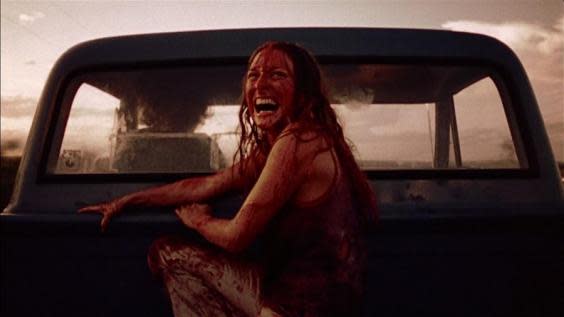
As legendary horror director Dario Argento put it, “I like women, especially beautiful ones. If they have a good face and figure, I would much prefer to watch them being murdered than an ugly girl or a man.” Or Hitchcock, during the filming of The Birds: “I always believe in following the advice of the playwright Sardou. He said ‘Torture the women!’ The trouble today is that we don’t torture women enough.”
Though she’s still getting her fingers sawed off and walking into rooms she definitely shouldn’t walk into alone, the final girl has become a very different kind of woman in the past few years of cinema. In The Invisible Man, The Witch, Ready or Not and Midsommar, she’s no longer the only one screaming – she’s making other people scream with her.
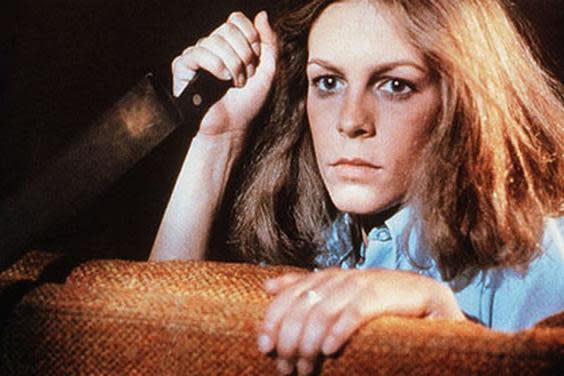
In new horror blockbuster The Invisible Man, the final girl remains a damsel in distress, but one capable of saving herself. After enduring an abusive relationship at the hands of her tech mogul boyfriend Adrian, a traumatised and paranoid Celia (Elizabeth Moss) is relieved when he’s reported dead. That is, until a number of strange coincidences – a pan spontaneously catches alight, a door appears to open itself – make it clear that all is not what it seems.
We have seen enough doctors calling on the house at just the right time to know that earlier films would let Celia find safety in the arms of her friend James. But director Leigh Whannell pushes Cecilia to become the architect of her own fate. Recalling the boobytrap-setting magistery of Nightmare on Elm Street’s early final girl pioneer Nancy, Cecilia sticks pens in necks, diazepam in drinks, and – after finding and dressing up in Adrian’s invisibility suit – invites him over for dinner only to slit his throat. The house’s security cameras see suicide, but we see vengeance. Leaving the flat where she was repeatedly battered purple, Celia breathes in the night air and it tastes like relief. She appears so comfortable in the suit, you half wonder if the sequel will involve Celia becoming The Invisible Woman.
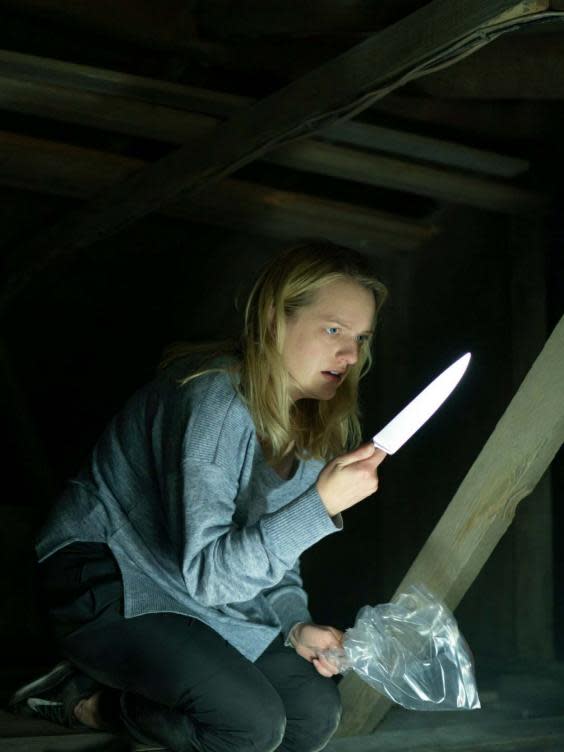
(AP)
From Hell Night’s Marti to Halloween’s Laurie, the original final girls were innocent, too busy with Maths homework to worry about snogging boys, too intent on impressing their parents to drink shots at the party (it’s their sexually active best mate in the cleavage-heavy cardigan that always gets it first). But nowadays, final girls are becoming comfortable dwelling in the darkness.
Robert Egger’s The Witch dispenses with the purity of the final girl and makes her altogether more deviant. Since her sexual maturation has led to her being constantly accused of being a witch by her mother, Thomasina (Anya Taylor-Joy) realises she may as well just become one. When the demonic goat Black Philip asks her, “Wouldst thou like to live deliciously?” Thomasina signs her name in Satan’s book and cackle-laughs as she levitates higher and higher above the trees. She looks happy, perhaps because for the first time in her life, her prayers were actually answered. David R Mitchell’s It Follows also disposes of horror’s conservative sexual politics. Here, the final girl Jay (Maika Monroe) can only free herself of the satanic entity she’s been infected with via sex.
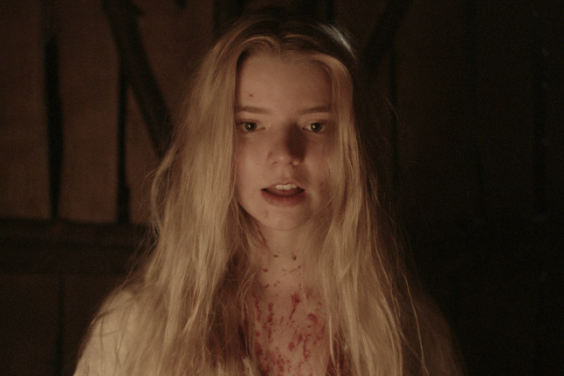
At first, Ready or Not’s Grace is excited to marry into the affluent Le Domas family, but the wedding celebrations end with a murderous game of Hide and Seek. Her inlaws want her dead, so she hunts them down with one of their busted old rifles, like the endangered animals rich people so love to shoot. We find her at the end of the film, wedding dress ripped, Converse muddied, smoking a cigarette in front of the smoking ruins of the House of Le Domas. The legacy of the family dynasty is in ruins. The final girl remains intact.
The whole of Midsommar is spent waiting for the protagonist, Dani (Florence Pugh), to be chopped up into little pieces and baked into a pie by one of the wide-eyed Hårga pagan cult members. Instead, she sips more mushroom tea than three Glastonbury-goers combined, dances until all the other women have collapsed, puts her s***ty boyfriend in a bear suit and watches as a fire chars his skin to ash. Among these torturous societal misfits, she has found a home. Like Thomasin, Celia and Grace before her, liberated from her oppression, Dani smiles.
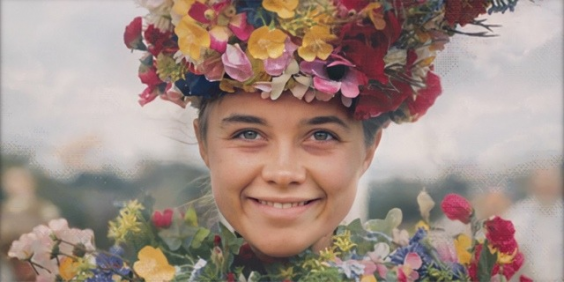
Through the #MeToo movement, society has never been more aware of the pain women undergo at the hands of monsters. With today’s horror films, the baddies routinely find themselves on the wrong side of the knife, allowing us to enjoy the heady catharsis that comes from watching revenge acted out on screen. How satisfying are those rare occasions where retribution finds such an expression in the real world. Weinstein is convicted of rape. Elsewhere, Celia knife leaves her ex gargling on his own blood. No wonder The Invisible Man has a 91 percent rating on Rotten Tomatoes.
Women can be bad in horror, but unfortunately, they still have to be raped, brutalised and maimed first. Burning her boyfriend alive might have seemed excessive, but Midsommar’s Dani had to lose her whole family to a murder-suicide before she got there. In Jordan Peele’s Us, Red might torment a smiley all-American family but the government did keep her tethered in an underground bunker to live a life as no more than a shadow. Men’s only excuse to become a psychopath is that none of the cheerleaders wanted to kiss them at high school. It would be nice if we could have a female Saw. A murder who has boobs as well as an axe. Equal representation will come when women can be just as needlessly violent on screen as men. They certainly don’t get to in the real world.

 Yahoo Movies
Yahoo Movies 
